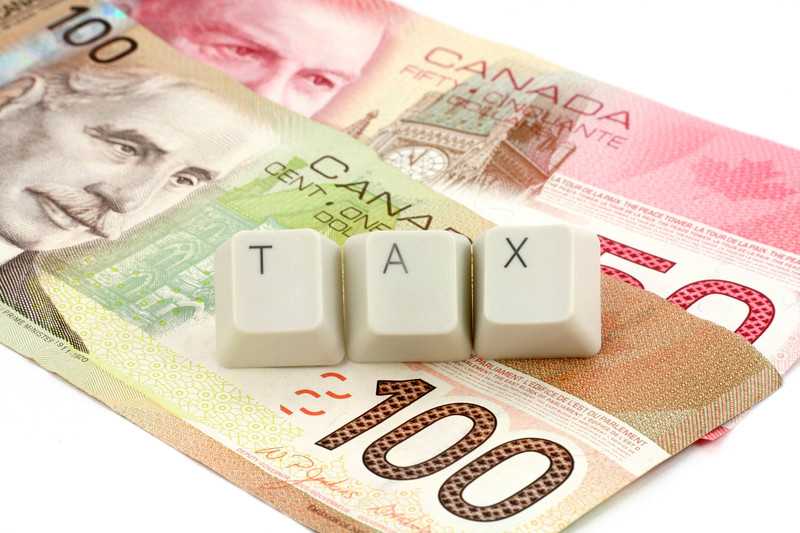BY FAZAAD BACCHUS
As soon as you are required to file your taxes, you will come to know more about the Notice of Assessment commonly called the NOA. This important document is the one that tells you whether the Canada Revenue Authority (commonly known to everyone as CRA), has accepted your filed return or whether the assessment shows that you still owe taxes.
More than that though, this document will detail your tax refund, your tax credits, and the income tax you that you already paid. If you have an objection to the NOA you must file your objection within ninety days from the date noted on the NOA. This document will also let you know if you are subject to an audit, and from what I have heard, it is never a pleasurable experience.
Today I would like us to look at the NOA from an RRSP standpoint and how useful the information is when making contributions to your RRSP. Everyone is allowed to make contributions to their RRSP to the tune of 18% of the previous year’s income subject to a ceiling of $26,500 for 2019. As an example, an individual who has just started to work at age 18 and earns $30,000 per year is entitled to make an RRSP contribution of $5,400 the following year. This is known as your contribution room and if you do not contribute anything to an RRSP, this room is carried forward and added to the next year’s 18% of earned income.
This means that the contribution room can accumulate as long as you don’t use it where it can grow to quite a large contribution room. At this moment you are not limited to 18% of earned income or $26,500, you can contribute as much as you want to as long as you don’t over-contribute more than the available room. Of course, you need to see whether the amount you are contributing makes sense at the same time. Now that I have mentioned over-contribution, let’s see how that happens and how it is shown in the NOA.
Remember the contribution room of $5,400 in our example? Suppose this person works as a teacher or is an employee of the Government, he will most likely be in a pension plan and every year contributions are made into this pension plan and the same applies for a Group RRSP. These contributions (pension adjustments) are then subtracted from the $5,400 and you now have your new contribution room. So, if this new employee has $5,400 in contribution room fewer pension adjustments of $4,000 it means that he can only put a maximum of $1,400 the following year as RRSP contributions.
What happens if he has a monthly deduction running for $150.00 per month. You guessed it! He would be over-contributing by $400.00. CRA allows an individual a maximum of $2,000 as an over-contribution, anything more than that is taxed at 1% per month per annum. Meaning that if you had the overpayment for more than a year it would be 12% of the over-contribution.
So, when you receive your next NOA, take a look and see if your contribution room is negative, if so, consult your financial advisor as you should not be making any RRSP contributions.

